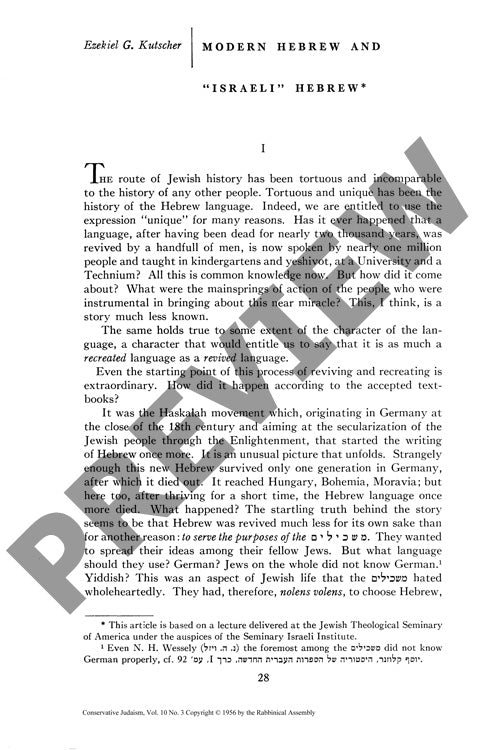Modern Hebrew and Israeli Hebrew
Couldn't load pickup availability
Hebrew's dramatic transformation from a literary vessel for Enlightenment thought to a living national language represents one of history's most remarkable linguistic revivals. The language's evolution from the 18th century Haskalah movement through Israel's establishment reveals a complex interplay of cultural, political, and linguistic forces. Through historical linguistic analysis and synchronic description, this research traces how Hebrew initially served as an instrumental medium for maskilim spreading Enlightenment ideas, before Mendele Mokher Sefarim revolutionized its literary potential by synthesizing biblical, mishnaic, Aramaic, and vernacular elements. When Eliezer Ben Yehuda spearheaded Hebrew's revival as a spoken language in Palestine, unprecedented challenges emerged - particularly the need for modern governmental, technical, and domestic vocabulary. The Hebrew Language Committee responded through systematic lexical expansion, drawing on biblical and talmudic sources, Arabic borrowings, loan translations, and novel word formations. Contemporary "Israeli Hebrew" exhibits distinctive features: altered stress patterns reflecting Ashkenazic influence, morphological innovations, analytical syntactic constructions, and phonological shifts that potentially impact grammatical structure. While modern Hebrew maintains essential continuity with classical sources, its unique characteristics position it as both a revived and recreated language, challenging traditional assumptions about the relationship between contemporary Israeli Hebrew and its historical roots.

More Information
-
Physical Description
-
Publication Information
Published 1956
ISBN
-
Publication Credits
Ezekiel Kutscher

